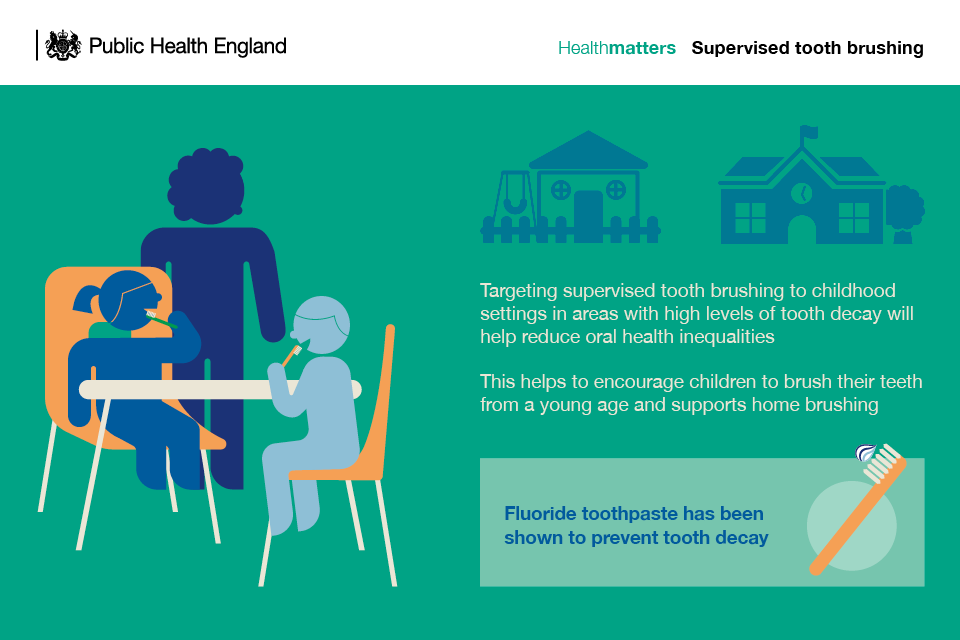Understanding Dental Injuries: When To Seek Urgent Treatment
Understanding Dental Injuries: When To Seek Urgent Treatment
Blog Article
Author-Silverman Walls
If you feel an abrupt shock of discomfort or see a tooth injury, it can be unsettling. But just how do you establish if it's a dental emergency that calls for instant attention? Comprehending the critical indications and knowing when to look for assistance can make all the difference in maintaining your oral wellness. Understanding when to act quickly could imply the difference between a quick fix and more extensive therapy.
Common Types of Dental Trauma
What're the typical sorts of oral injury that you should know?
Crashes can take place, resulting in different types of oral injuries. One usual sort of dental trauma is a broken tooth. This can occur from attacking down on something difficult or experiencing an impact to the face.
Another type is a busted tooth, where a part of the tooth can chip off. Furthermore, you might experience a knocked-out tooth, which can take place during sporting activities or falls. handbook of pediatric dentistry pdf to take care of the tooth very carefully and look for prompt dental attention.
Oral trauma can also involve a tooth that has been pushed out of setting or loosened up due to an injury. This kind of injury requires timely treatment to conserve the tooth.
Finally, soft tissue injuries in the mouth, such as cuts, can additionally take place from accidents. Finding out about these common types of dental trauma can help you act swiftly and appropriately in case of an emergency situation.
Indicators of Dental Emergency Situations
Identifying the indications of dental emergency situations is essential for punctual activity and correct treatment. If you experience severe tooth pain that's constant and pain, it could show a hidden concern that needs prompt interest.
Swelling in the gum tissues, face, or jaw can additionally be a sign of a dental emergency, particularly if it's accompanied by discomfort or fever. Any type of sort of trauma to the mouth causing a split, broken, or knocked-out tooth must be dealt with as an emergency situation to prevent additional damage and prospective infection.
Hemorrhaging from the mouth that doesn't quit after using stress for a few mins is an additional warning that you need to look for emergency dental treatment. In addition, if you discover any signs of infection such as pus, a nasty taste in your mouth, or a fever, it's necessary to see a dentist asap.
Neglecting linked internet page could result in more major complications, so it's essential to act promptly when faced with a possible oral emergency.
Value of Immediate Treatment
Prompt action and instant treatment are critical in dealing with dental emergency situations to stop further problems and ensure optimal end results for your oral health.
When faced with an oral emergency, such as a knocked-out tooth or serious tooth pain, looking for prompt therapy can make a substantial distinction in saving your tooth and relieving pain. Postponing therapy can cause infection, enhanced pain, and also permanent damages to your teeth and gum tissues.
By looking for emergency oral treatment immediately, you raise the opportunities of effective therapy and remediation. Dentists have the necessary abilities and tools to deal with emergencies properly, lowering the threat of lasting consequences.
Furthermore, prompt therapy can assist manage discomfort and discomfort, enabling you to resume your everyday activities without interruption.
Final thought
Finally, understanding dental trauma and knowing when to look for emergency treatment is vital for keeping dental health.
By identifying usual sorts of dental injuries and the indications of dental emergency situations, you can make certain punctual care to stop more damages and difficulties.
Keep in helpful site , seeking immediate therapy can conserve teeth, reduce discomfort, and enhance the possibilities of successful recuperation.
Don't wait to look for help from an oral expert if you experience any type of indications of oral injury.
